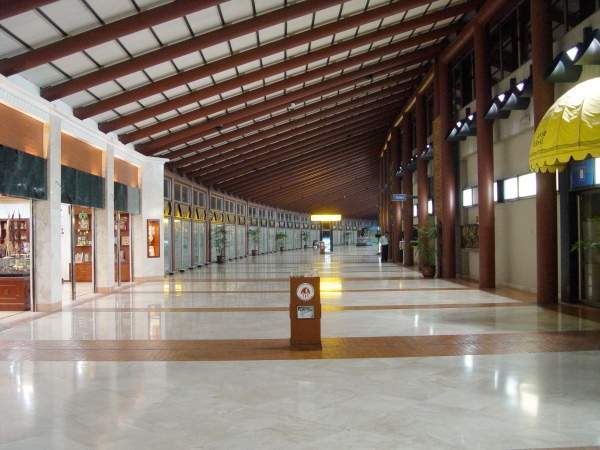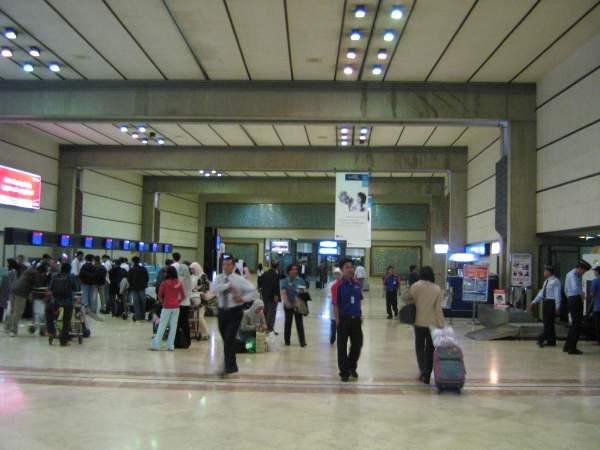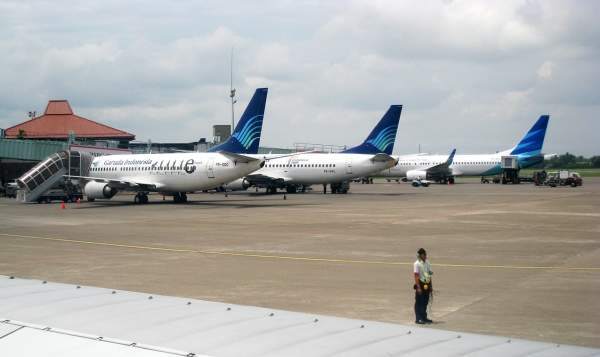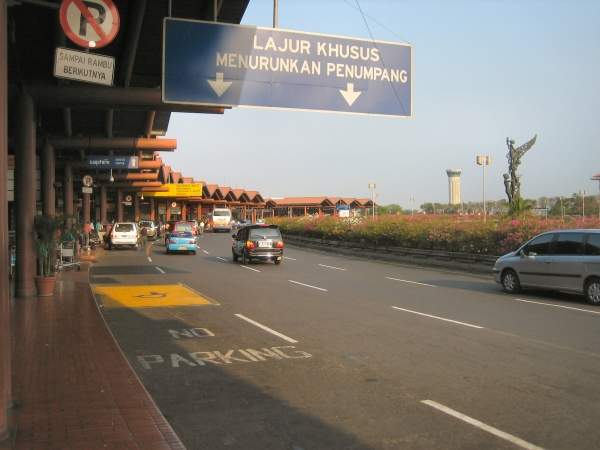Soekarno Hatta or Jakarta International airport is located 20km west of Jakarta city centre in Cengkareng, Indonesia. It has been named after the first president (Soekarno) and first vice-president (Mohammed Hatta) of Indonesia.
The airport is located 10m above sea level and spans 1,800ha. It is owned and operated by state-owned Angkasapura II.
The airport handled more than 43 million passengers and 338,711 aircraft movements in 2010. By 2017, it is estimated to handle more than 75 million passengers a year.
Angkasapura planned for an expansion of the airport, including the completion of terminal 3 by 2020, construction of terminal 4 (2021), a new cargo complex and a new runway (by 2017). Refurbishment of terminals 1 and 2 was also part of the plan.
In August 2011, the $1.38bn expansion plan was rejected by the Tangerang municipal government stating that a new airport can be built instead of expanding the airport, which is already at over capacity.
Construction
North Tangerang airspace was selected for construction of the Soekarno Hatta airport in In the 1970s, replacing the Kemayoran airport (domestic flights) and Halim Airport (international flights and military base).
Phase I construction of the airport was initiated in December 1980 and was completed by March 1985. It included terminal 1 and other infrastructure development works.
Two runways, multiple taxiways and infrastructure for cargo handling, aircraft maintenance and fuel storage were also developed as part of phase I.
Phase II construction commenced in March 1987 and was completed by 1992. It included construction of terminal 2.
Terminal features
The airport has three main terminals featuring 150 check-in counters, 30 baggage carousels and 42 gates.
The domestic terminal, 1, has three sub-terminals (1A, 1B and 1C). Each of the sub terminals have 25 check-in counters, five baggage carousels and seven gates (A1-A7, B1-B7 and C1-C7).
Terminal 1 has an annual capacity of around nine million passengers. The terminal building has a sloping roof with red terra-cotta tiles, supported by a framework of steel pipes. It has open corridors and passages and is not air conditioned.
Terminal 2 is an international terminal located opposite the terminal 1. It has three sub terminals (2D, 2E and 2F) each with 25 check-in counters, five baggage carousels and seven gates (D1-D7, E1-E7 and F1-F7).
Terminal 3 was originally planned to be constructed with five piers. The first pier opened in 2009. The terminal is based on an eco-friendly and modern design. It currently plays host to low cost domestic carriers – Mandala Airlines and Indonesia AirAsia.
The airport also has a Haj terminal.
Runways
Soekarno Hatta airport has two parallel paved runways located 2,400m apart and linked to each other by two cross taxiways. The first runway (07R/25L) is 12,007ft wide and 3,660m long and the second runway (07L/25R) is 11,811ft wide and 3,600m long.
Ground transportation
Two bus operators Damri and Primajasa ply buses from Cengkareng to the airport via the Prof. Dr. Sedyatmo toll road. Damri provides services from 4am to 7pm and stops at all terminals.
Free shuttle buses are provided to the passengers to travel between terminals 1, 2 and 3.
Financing
The first phase of construction and land acquisition cost $530m and the second phase is estimated to have cost $514m. The project was jointly funded by the Indonesian government and international sources.
The Indonesian government plans to introduce a $81.9-$100m worth navigation system in the airport. The decision was taken following the failure of the navigation system of the airport in August 2011 leading to several flight delays.
Contractors involved
Canada-based Aviation Planning Services, ACRESS International, and Searle Wilbee Rowland carried out feasibility studies for construction of the the airport.
Aeroports de Paris reviewed the masterplan and carried out detailed design of the airport in 1977. They were also awarded the contract for construction of terminal 2 in 1986.
PT Konavi, PT Cakar Bumi and PT Dacrea Avia were the consultants during the construction of the airport.







